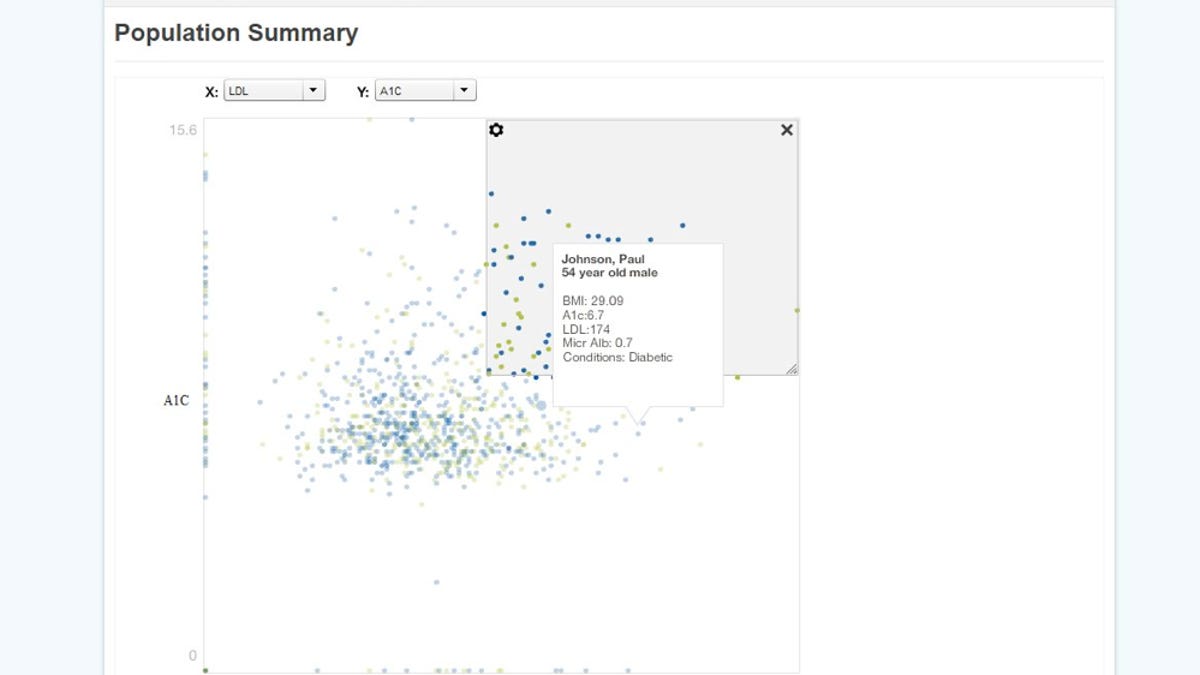Phytel helps doctors track (and nag) their patients
The robust Atmosphere platform could be the next big thing in population health management, enabling providers to track patient health in many ways and follow up beyond the doctor's office.

Houston, we have a health problem.
About 30 percent of adults in the U.S. have at least two chronic health conditions. Roughly half of a panel of surveyed patients are not complying with doctor's orders. And more than half of Americans could be obese by 2030.
In the coming years it's going to be more important than ever for doctors' offices to be able to automatically track their patients across a variety of parameters, from age and ethnicity to conditions and diseases, and even to compliance levels. Dallas-based health management firm Phytel is hoping that the platform it's unveiling today could help physicians meet the increasingly complex demands of their patients.
Called Phytel Atmosphere, the suite of software-as-a-service automation tools uses evidence-based guidelines for more than 250 conditions to not only monitor patient health but also improve compliance.
"This new model is typically referred to as population health management, so physicians are responsible for their entire patient panel--whether the patient panel is walking through the door or not," says Phytel CEO Steve Schelhammer. "We've built the automated solution that we're bringing through providers to empower providers, to execute proactive delivery of health care, and to engage patients--and once they're engaged, to render actionable information to the care team so that they can make sure that quality and necessary care is delivered."
Essentially, the system is designed to step up patient interaction in a world where doctors are too busy with too many clients and patients are using the emergency room as a form of primary care. Yet we also live in a world where physicians should be able to communicate to their patients with automated phone, e-mail, and text messages to better involve patients with their own care.
At its core, this new approach is a sort of courteous and highly organized form of intervention. Which is, frankly, just what the doctor ordered.

